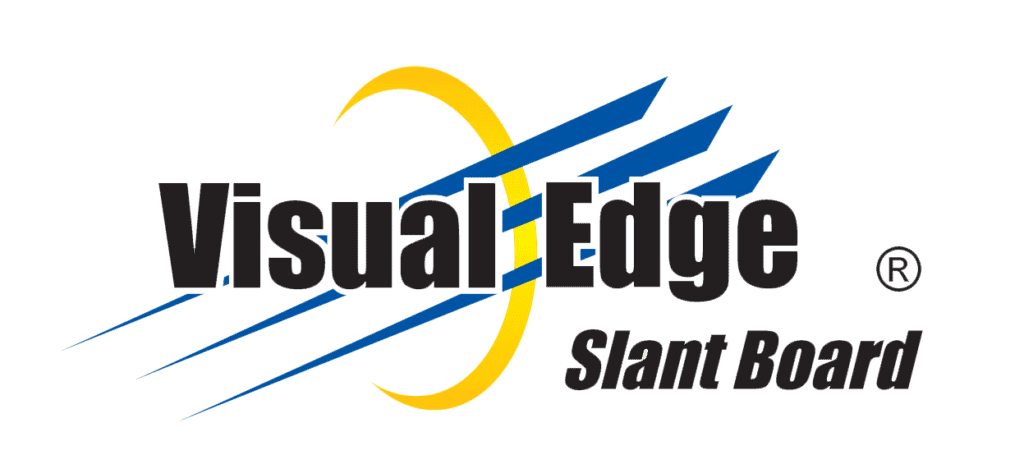Vision Processing
Do you have Vision Problems? Self-Assessment Check List
This Self-Assessment Checklist Can Reveal Vision Difficulties.
Your visual system can undergo tremendous stress these days. Students now read three times the number of textbooks their grandparents did. Adults constantly use their near vision at their work. And the growing use of computers has engaged a growing number of workers in prolonged, near-vision tasks.
Eye discomfort, headaches, blurred vision, lowered visual performance a wide variety of vision-linked problems are related to this heavy vision load in the neat, arms-length distance.
Human beings weren’t designed to do this stressful seeing less than arm’s length away. We have hunter eyes for survival, spotting game, and enemies at a distance. Only in the last half-century have so many people been forced to deal with sustained, near visual tasks. The result has been a constant stress on the visual system, producing many of the symptoms and problems described in this self-test.
Many people who report these symptoms also have 20/20 eyesight at distance, yet they just can’t handle the visual stress associated with near vision tasks. Visual stress is linked to the development of permanent vision conditions such as nearsightedness, astigmatism and other problems that affect how one lives and even behaves.
- avoid the task by doing as little as they can get by with;
- experience pain or other symptoms (aches, visual and/or overall body fatigue, falling asleep when reading, etc.);
- suppress the sight of one eye (at the cost of reduced efficiency and understanding);
- develop myopia or astigmatism, or any combination of the above.
For most people, the response to stress is reduced achievement and understanding.
Can a Slant Board be the solution to your visual stress?
Or talk to a Behavioral Optometrist?
Behavioral Optometrists spend years in post-doctoral education to master the complex visual programs prescribed to prevent or to normalize -visual problems and enhance visual performance. Behavioral optometry is an umbrella term, which also includes developmental and functional optometric practices. Not all optometrists practice behavioral optometry. To find one who does, call or writeCOVD or OEP Foundation for a referral list in your area.

